Equipment
A Bouncing Idea: The Story of the Sand Wedge

If you’re like me, it’s painful to watch the golf ball tumble into a bunker, or as you Americans like to call them, “traps.” Fear and trepidation soon follow while surveying the next shot from the sandy grave.
We watch in awe as professionals effortlessly splash their escapes exquisitely up to the hole. With endless hours to practice and a technique honed to perfection, these guys make it look easy. In fact, they sometimes prefer sand to greenside rough. The average weekend warrior has a much bigger fear factor and is less concerned in leaving the ball beside the hole as he is in not leaving the ball in the bunker. And the anguish of today’s golfer is only heightened as he sees the ball in anything but a perfect lie on the beach.
Compared to the early days of golf, however, bunker play is relatively easy.
Back in the dark ages when golf was invented, the landscape was not as refined as we know it these days. Golfers had to put up with all sorts of interesting lies including cart paths, (made by horse and carts, not the tarmac cart paths we know of today), ruts, hoof prints and cow pats. In those days, golfers used all sorts of designs to extricate themselves from hazards including the “water iron,” which was used from casual water. Back then, you played the ball as it lay no matter what!
The bunker itself came from our golfing forefathers in Scotland. The first golf courses were built on sand-based links land, and pits appeared that they called “bunkers.” And merely getting the ball out of a bunker was an issue. They were really a hazard and golfers accepted them as a punishment. They were unkempt, were full of stones, shells, weeds, and rocks and didn’t have rakes. They looked like they had been fashioned by men drinking whisky, which was probably not far from the truth. Indeed in early exhibition games, the crowds used to stand in the bunkers to get a better view of matches.
Prior to the 1930s, the best club for short approach shots was the niblick, roughly equivalent to today’s 9-iron or pitching wedge. The design of this club, however, featured a flat, angled face and virtually no sole, making it difficult to use in sand and other soft lies as it was prone to digging into the ground. Players had to pick the ball cleanly off the sand, which required a good lie. The other alternative for bunkers was the jigger; it was similar to a chipper with a short shaft, but little loft. Less loft prevented the club from digging in too much on soft lies, but the compromise was the low launch angle and it was useless at moving through the sand to dig out a buried ball. The club was also not ideal for approach shots from a greenside bunker, as a chip shot made with this club tended to roll for most of its distance. The club designers in those days were often blacksmiths who offered up all sorts of strange solutions to the bunker dilemma. The rake iron (pictured above) was invented by a Scottish optometrist who became fed up of having to remove sand from the eyes of golfers playing at the local links, and created a club designed to cast up less sand when swung.
The governing bodies soon began to clamp down on design and banned many offerings. Spoon clubs offered varying degrees of loft and allowed players to scoop their ball out of sand traps and deep rough. Some had bowl faces, others featured deeply grooved faces, but not all of these designs conformed. Walter Hagen was using a lethal-looking sand wedge in the late 1920s, with a hickory shaft and a smooth concave face with a lot of loft and about a half pound of weight in the flange. This was deemed illegal and soon became outlawed.
It is widely acknowledged that the biggest breakthrough in sand play appeared in the 1930s, and many connect Gene Sarazen with the design of today’s modern sand wedge. The story goes that he dreamed this club up after flying with Howard Hughes, the aviation tycoon, movie producer and scratch golfer. When Hughes’s plane took off, the flaps on the wings came down. We don’t know if alcohol or narcotics were consumed at the time, but Sarazen made a connection between the flaps and the flange you could add to a club that would allow it to slide through the sand and help the ball pop up.

Early Wilson sand wedges.
Sarazen experimented by soldering flanges to his niblicks, which were similar to a modern pitching wedge. Another modification that he made was to add extra lead to the front edge of the club face, allowing it to cut through the sand more smoothly. He sent the clubs to Wilson, and the company used those prototypes to come up with its first sand wedge in the early 1930s with a steel shaft, dot markings on the club face and the amount of flange that is still widely used today. After he won the 1932 British and U.S. Opens with the help of his new club, its popularity quickly grew. Almost 85 years later the club has hardly changed, and you’ll still see Wilson R-20 and R-90 wedges in the bags of golfers today.
Sarazen was also a pioneer of the explosion shot. Up to then golfers tried to pick the ball clean out. By hitting in behind the ball and using the bounce of the club, the sand shot suddenly became more consistent. Of course, Sarazen downplayed it, saying it was the game’s easiest shot because the club face never touches the ball.

Gene Sarazen hitting a bunker shot.
Today, we are a lot more educated than ever on the design aspects of the sand wedge from the grooves and loft to the bounce. We have so many grind options these days with laser-engraved grooves machined to tolerances previously unachievable. Dave Pelz, Roger Cleveland, Bob Vokey and others are now celebrities of the short game, an industry within the game. The gap and lob wedges were natural additions, driven by marketing demands to sell more clubs, but in truth the basic concepts have only changed marginally. More loft seems to be the current trend, and it’s interesting to see 58-64 degrees as the new norm. I stop at 60, as I have this recurring nightmare of a ball coming straight up and hitting me in the face, but that’s another story
So the next time you find yourself on the beach, think bounce, knock it out and tip your hat to Eugenio Saraceni.
Equipment
BK’s Breakdowns: Cameron Young’s winning WITB, 2025 Wyndham Championship

Cameron Young’s WITB from his win at the 2025 Wyndham Championship. Cameron is a Titleist staff player but his bag is definitely filled with some unique clubs. Here are the clubs he used to secure his first PGA Tour win!
Driver: Titleist GT2 (9 degrees, A1 SureFit setting)
Shaft: Mitsubishi Tensei 1K Pro Orange 70 TX
3-wood: Titleist GT3 (15 degrees)
Shaft: Mitsubishi Tensei 1K White 80 TX
Hybrid: Titleist GT2 (21 degrees)
Shaft: Fujikura Ventus HB Black VeloCore+ 10 X
Irons: Titleist T200 (4), Titleist T100 (5), Titleist 631.CY Prototype (6-9)
Shafts: True Temper Dynamic Gold X7 (4-9)
Wedges: Titleist Vokey Design SM10 (48-10F, 52-12F, 56-14F @57), WedgeWorks (60-K* @62)
Shafts: True Temper Dynamic Gold X7
Putter: Scotty Cameron Phantom 9.5 Tour Prototype
Grips: Golf Pride Tour Velvet Cord
Ball: Titleist Pro V1x Prototype
Whats in the Bag
Peter Malnati WITB 2025 (August)
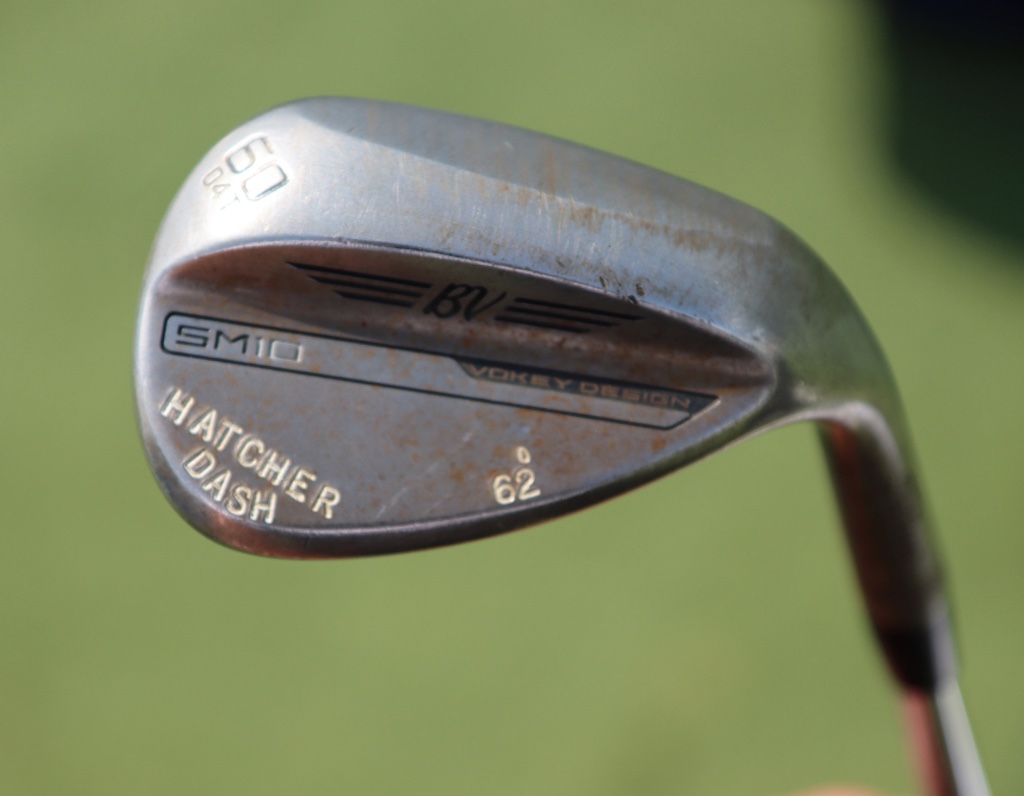
- Peter Malnati what’s in the bag accurate as of the Wyndham Championship. More photos from the event here.
Driver: Titleist GT3 (10 degrees, C2 SureFit setting)
Shaft: Project X Denali Blue 60 TX
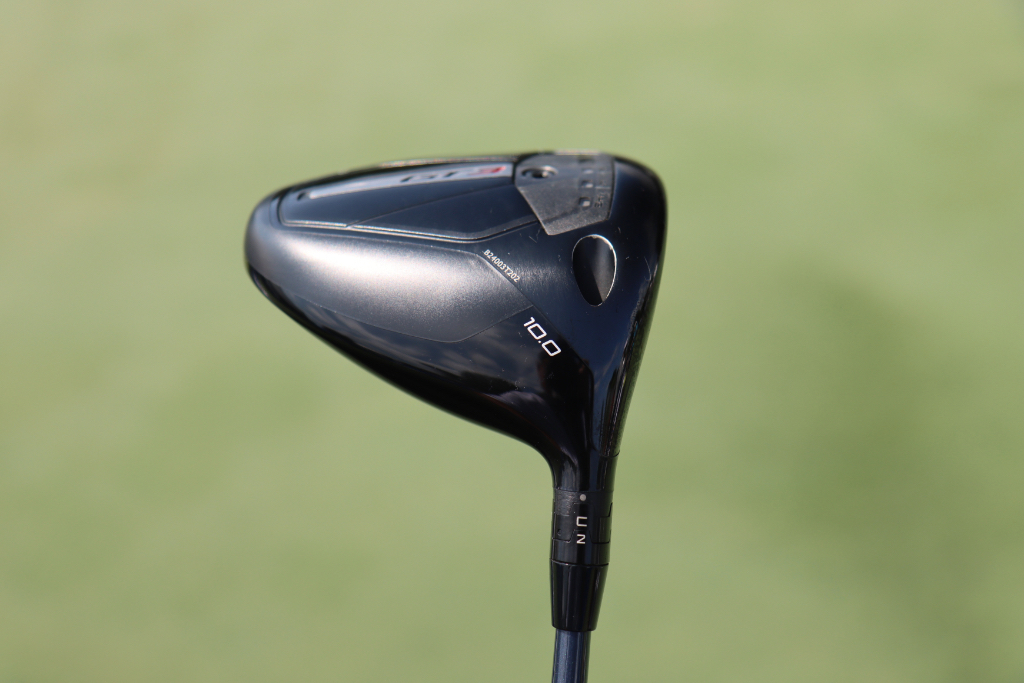

3-wood: Titleist GT3 (15 degrees, A1 SureFit setting)
Shaft: Fujikura Ventus TR Blue 7 X
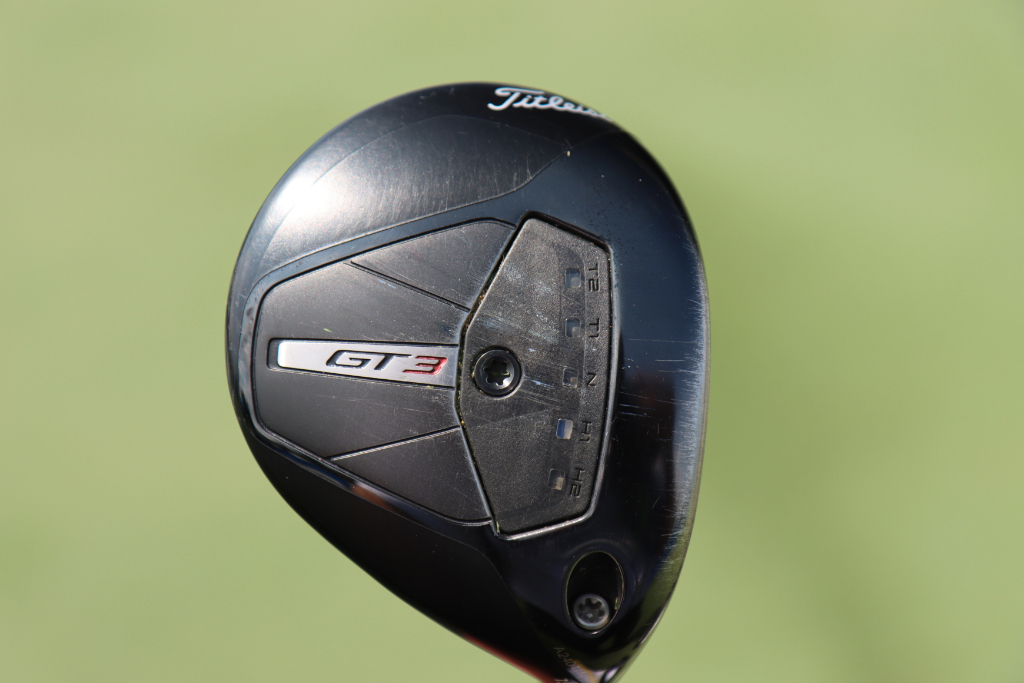
7-wood: Titleist GT2 (21 degrees, D1 SureFit setting)
Shaft: Fujikura Ventus TR Blue 8 X
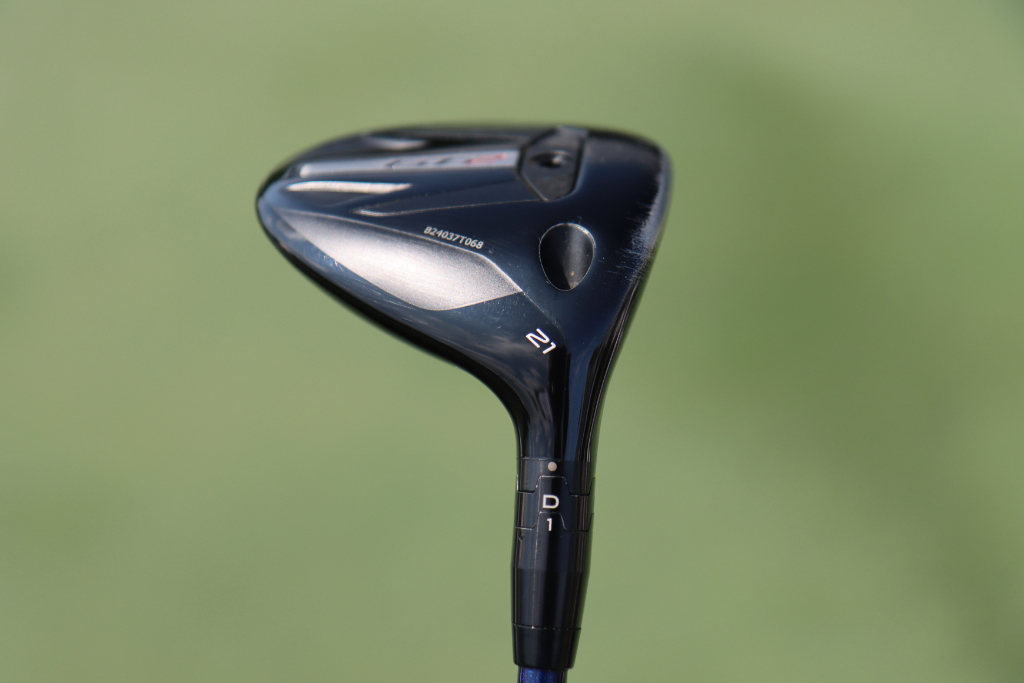
Irons: Titleist T150 (4, 5), Titleist T100 (6-9)
Shafts: True Temper AMT Tour White X100
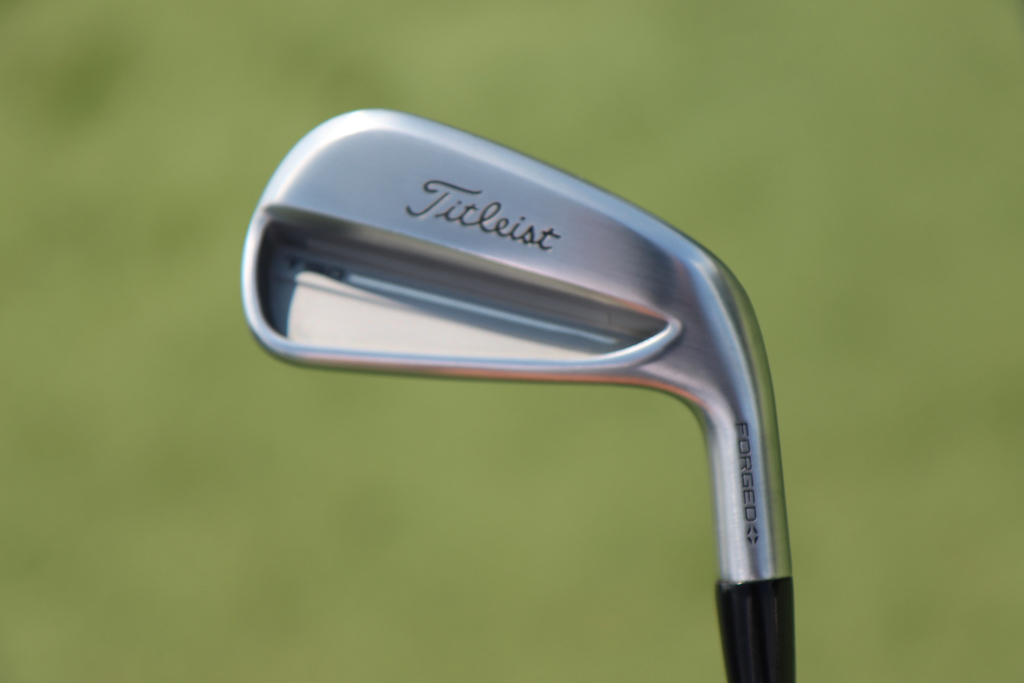
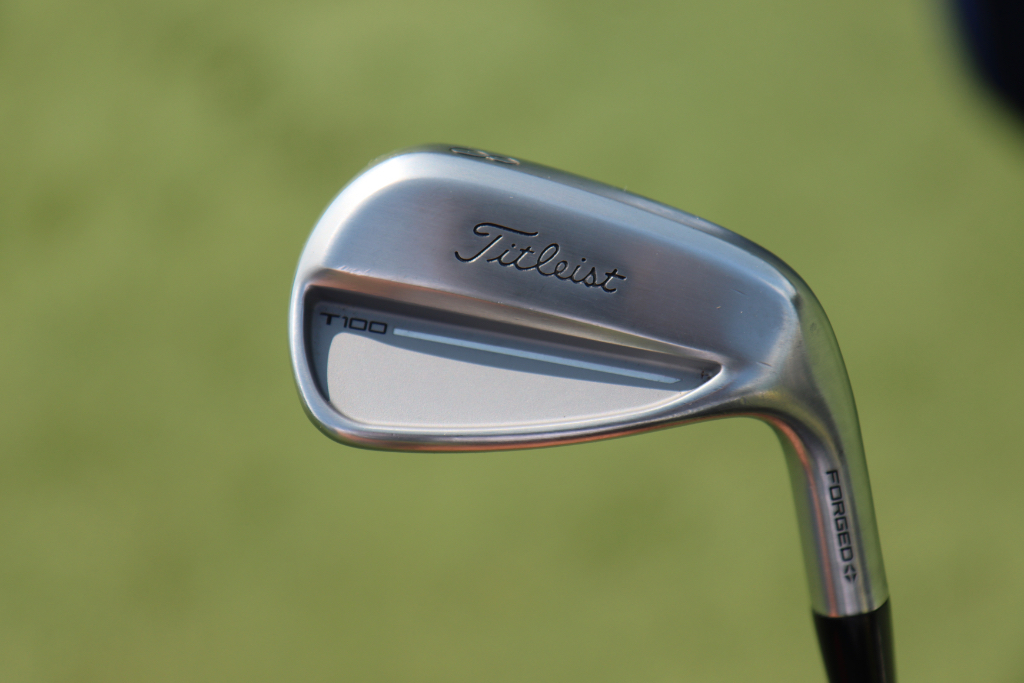
Wedges: Titleist Vokey Design SM10 (48-10F @47, 52-12F, 56-08M @57, 60-04T @62)
Shafts: True Temper Dynamic Gold Tour Issue S400
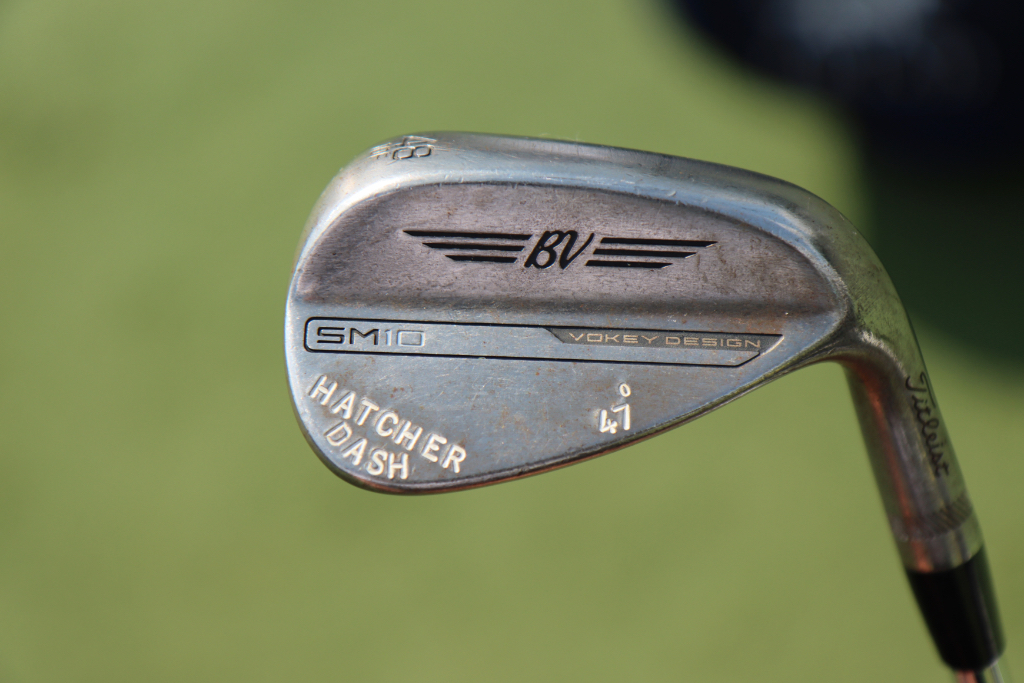
Putter: Scotty Cameron Studio Style Fastback 1.5 Tour Prototype
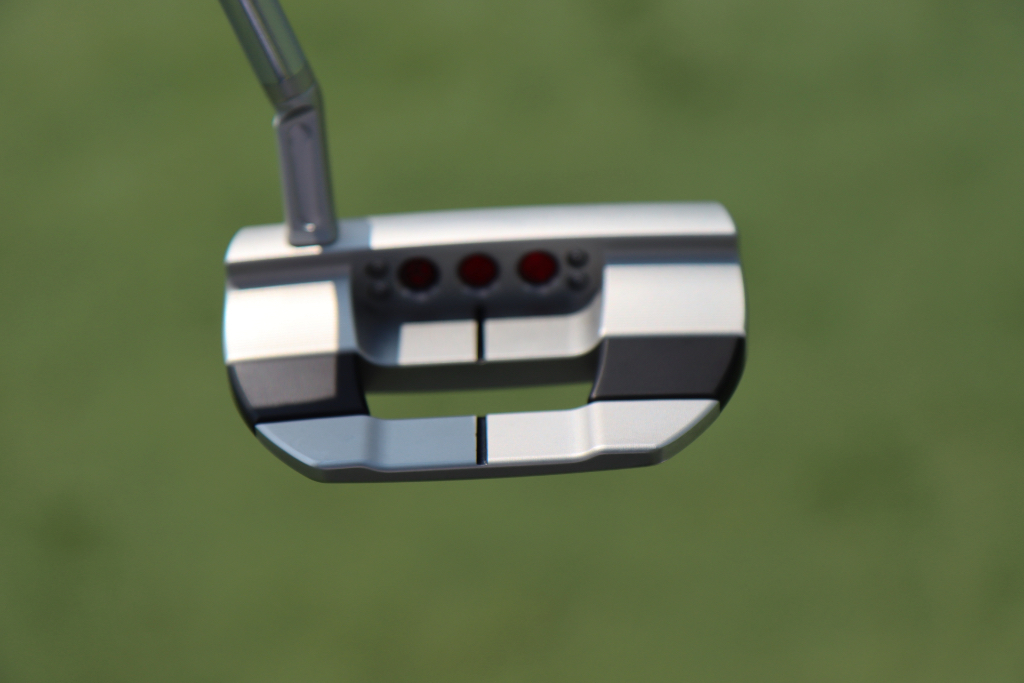
Grips: Golf Pride Tour Velvet
Ball: Titleist Pro V1x Yellow
Equipment
GolfWRX Members Choice presented by 2nd Swing: Best driver of 2025

We’re proud to once again partner with 2nd Swing Golf to bring you GolfWRX Members Choice 2025! 2nd Swing has more than 150,000 new and pre-swung golf clubs available in six store locations and online. Check them out here.

What is the best driver in 2025? At GolfWRX, we take great pride in our online community and the cumulative knowledge and experience of our members. When it comes to the best driver of 2025, we want to know what our forum faithful think.
Since our founding in 2005, the bedrock of GolfWRX.com has been the community of passionate and knowledgeable golfers in our forums, and we put endless trust in the opinions of our GolfWRX members — the most knowledgeable community of golfers on the internet. No other group of golfers in the world tests golf clubs as frequently or as extensively, nor is armed with such in-depth information about the latest technology.
Below are the results of GolfWRX member voting for the 2025 best driver, along with the vote percentage for each club.
Best driver of 2025: The top 5
5. Callaway Elyte Triple Diamond: 6.02%
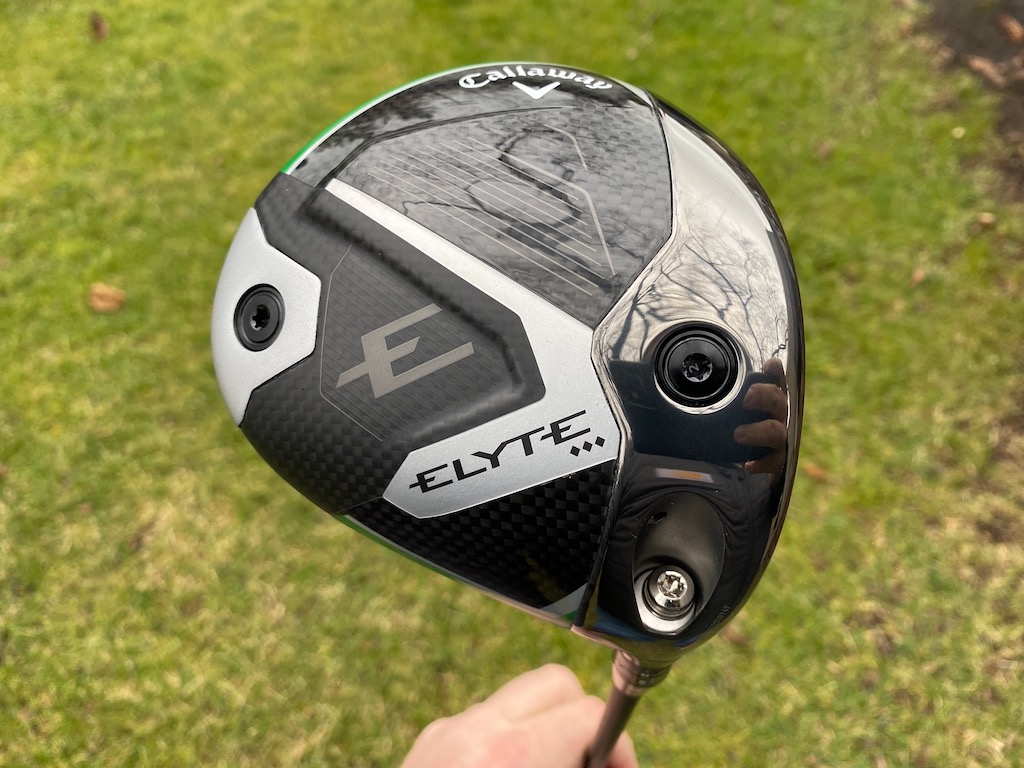
Callaway’s pitch: “For golfers looking for a fast, forgiving, yet workable driver, the Elyte Triple Diamond features a tour-inspired shape and is the preferred model by most Callaway tour players.”
You can read what other golfers are saying about the driver in the GolfWRX forums, and see our launch piece here. Shop the Callaway Elyte Triple Diamond here.
4. Ping G440 Max: 6.86%
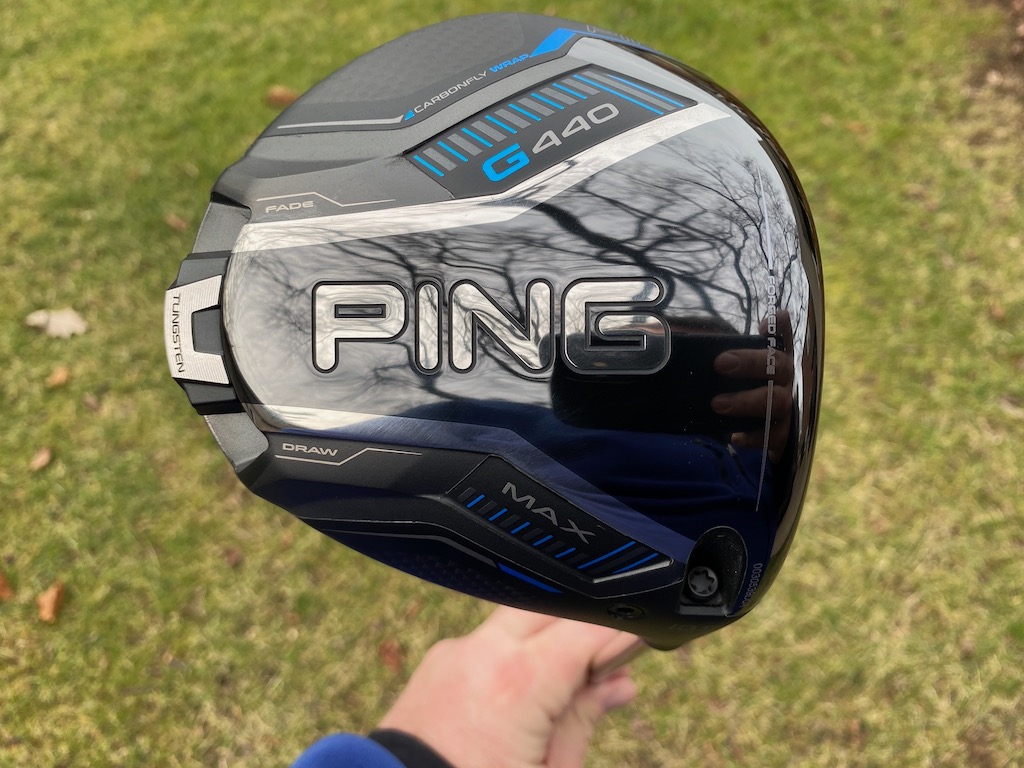
Ping’s pitch: “The most forgiving G440 model, MAX has a hotter face to generate speed and distance, and a lighter overall system weight with a longer shaft (46″) for faster clubhead speed, higher launch and longer carries. The Free Hosel and Carbonfly Wrap crown save weight to create our lowest CG ever and increase forgiveness while contributing to a more muted, pleasing sound.”
You can read what other golfers are saying about the driver in the GolfWRX forums, and see our launch piece here. Shop the Ping G440 Max here.
3. Ping G440 LST: 9.53%

Ping’s pitch: “LST is an especially good fit for faster swings, offering less spin and more control with a penetrating trajectory. A hotter face, lighter overall system weight and longer shaft (46″) deliver more speed and distance while maintaining tight dispersion.”
@phizzy30: “Not a fan of Ping drivers in general, but 440 LST takes the cake. It’s super forgiving across the face for a low spin head, looks and sounds good and the ability to make it play neutral or slightly fade biased through the hosel settings is very appealing.”
You can read what other golfers are saying about the driver in the GolfWRX forums, and see our launch piece here. Shop the Ping G440 LST here.
2. Titleist GT3: 16.55%
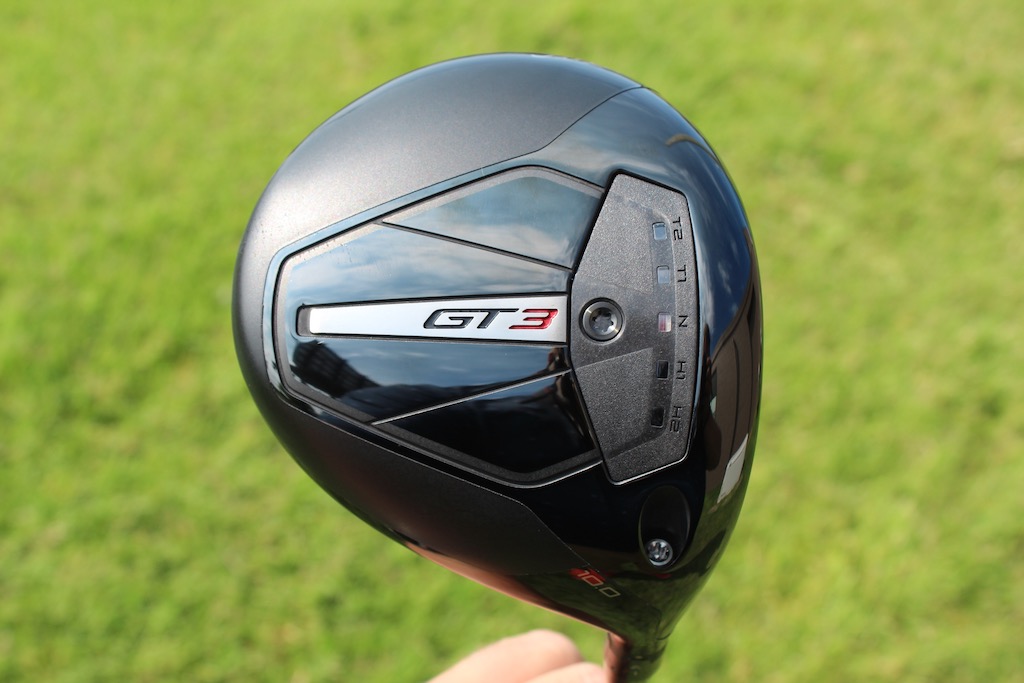
Titleist’s pitch: “The GT3 Driver offers Titleist’s boldest combination of power and personalization through adjustable performance. Dial in the CG Track to your frequent contact location to make your biggest drives even bigger while taking total control over flight and shaping.”
@mrmikeac: “I’ve been Anti-Titleist for years and years and years (outside of Vokey, of course). With that being said, HOLY BEGEEZUS the GT3 driver is an absolute NUCLEAR MONSTER! This thing blew my G430 10K Max out of the water in every single category. Forgiveness is the biggest thing that stands out of me, the 3 model has always been one of the less forgiving models in the past but this GT3 can take bad shot after bad shot and still end up in the fairway, I think a ton of that has to do with the adjustability, it’s actually effective. Feel and sound is perfect, that solid crack is so addicting to hear and when you hit it out the screws this thing can absolutely bomb it. Titleist, I’m sorry for doubting you. You have converted me.”
You can read what other golfers are saying about the driver in the GolfWRX forums, and see our launch piece here. Shop the Titleist GT3 here.
1. Titleist GT2: 22.91%
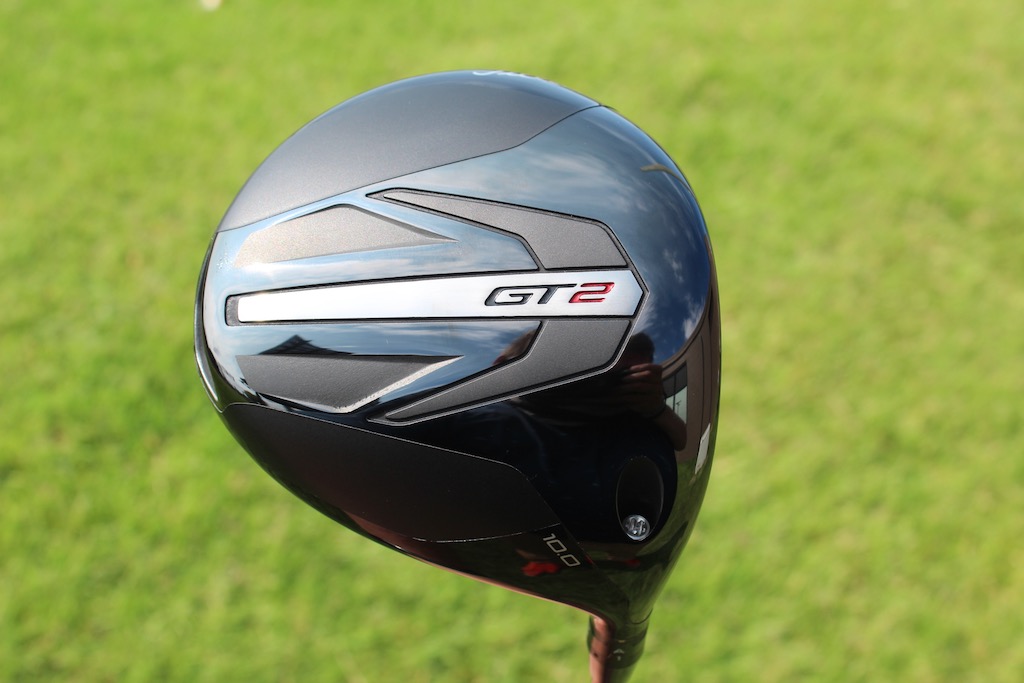
Titleist’s pitch: “Delivering impressive distance from any impact point, the Titleist GT2 Driver extracts maximum performance through a forgiving design. Get the stability and added confidence of a high-MOI driver without sacrificing speed.”
@DTorres: “The Titleist GT2 has proven to be the best driver of the year. Packaged in a classic profile, GT2 perfectly balances performance and forgiveness while consistently being a high performer across all categories.”
You can read what other golfers are saying about the driver in the GolfWRX forums, and see our launch piece here. Shop the Titleist GT2 here.
Other drivers receiving >2% of the vote
| Driver | Vote percentage (%) |
|---|---|
| Cobra DS Adapt Max K | 4.85% |
| Ping G430 Max 10K | 3.85% |
| Callaway Elyte Triple Diamond | 3.68% |
| TaylorMade Qi35 | 3.51% |
| Callaway Elyte | 3.18% |
| Cobra DS Adapt X | 2.34% |
| Cobra DS Adapt LS | 2.17% |
| TaylorMade Qi35 LS | 2.17% |
View this post on Instagram









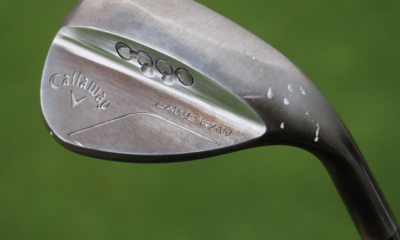

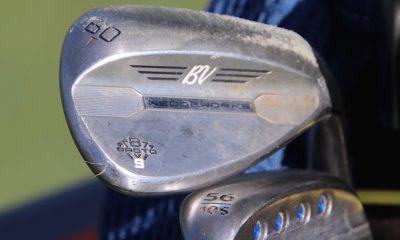



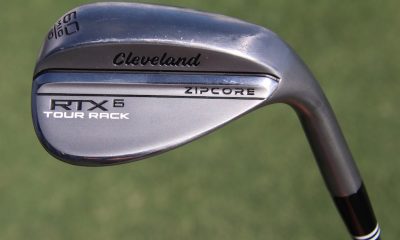









Greg V
Aug 15, 2016 at 12:49 pm
Eugenio Saraceni – who is this violin player of which you speak?
Flavastalloni
Aug 14, 2016 at 9:51 pm
Tom Morris Junior perfected the rutclub shot from off the green which won him his Opens
Pe
Aug 14, 2016 at 2:35 am
I also have this recurring nightmare that while I play a links course in Scotland in the brutal winds and I go to take a pee in the gorse bush, the wind would blow so hard the pee would splash up and hit me in the face